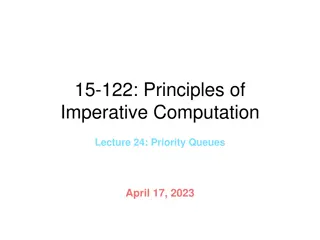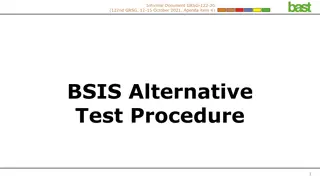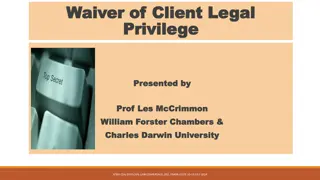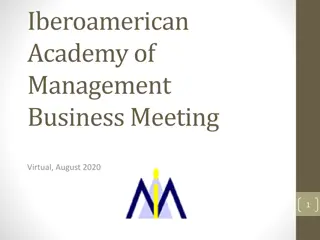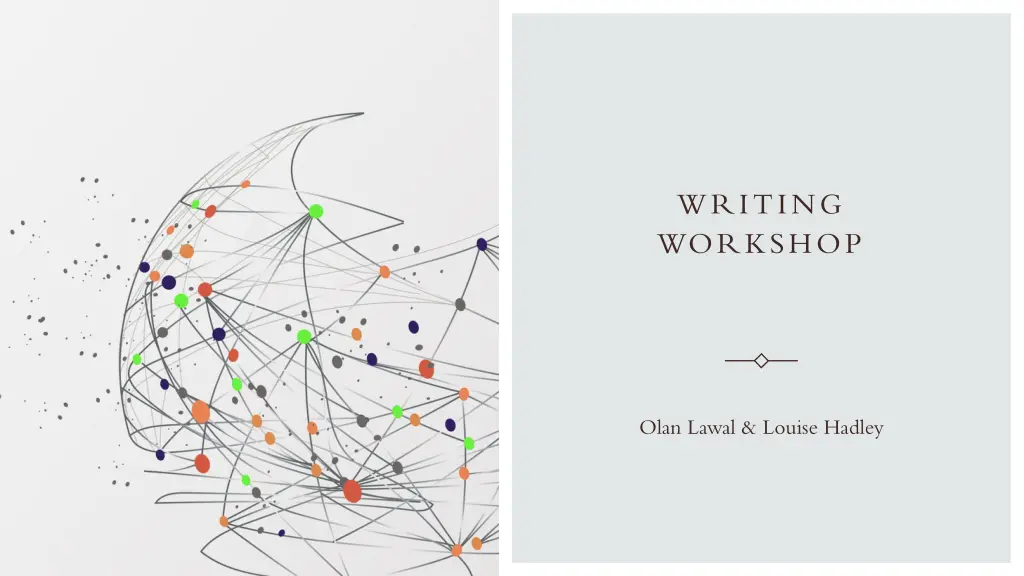
Exploring Research Approaches in Medical Imaging
Explore the benefits and limitations of research and audit approaches in medical imaging, covering data collection methods, sampling, analysis, and ethical considerations. Learn how to structure an essay effectively for these topics.
Download Presentation

Please find below an Image/Link to download the presentation.
The content on the website is provided AS IS for your information and personal use only. It may not be sold, licensed, or shared on other websites without obtaining consent from the author. If you encounter any issues during the download, it is possible that the publisher has removed the file from their server.
You are allowed to download the files provided on this website for personal or commercial use, subject to the condition that they are used lawfully. All files are the property of their respective owners.
The content on the website is provided AS IS for your information and personal use only. It may not be sold, licensed, or shared on other websites without obtaining consent from the author.
E N D
Presentation Transcript
WRITING WORKSHOP Olan Lawal & Louise Hadley
Session objectives Develop your understanding of the essay titles Consider the plan or structure to use for your assignment Know what to include the in introduction and summary sections Know where to find relevant articles to support the assignment 2
Assignment titles A. Critically discuss the benefits and limitations of research approaches used in medical imaging. (1500 words) B. Critically discuss the benefits and limitations of the audit approach used in medical imaging. (1000 words) 3
Breaking down the Part A title- the focus of the assignment Critically discuss the benefits and limitations of research approaches used in medical imaging. You should cover the advantages and disadvantages of the quantitative and qualitative research methods. The example(s) you include after you have discussed the advantages and disadvantages of the methods should be in medical imaging. 4
The critical discussion should include the following Data collection methods Methods of analysis Methods of sampling and recruitment Consideration of quality, best practice, and ethics How you could present this information in your essay. 5
Structing Part A Introduction 100 words Discussion o Methods of sampling and recruitment 400 words Discuss the benefits and limitations of the quantitative and qualitative methods of sampling. Include an example of an article in diagnostic radiography that has used a method of sampling you have discussed. o Data collection methods 500 words Same format as above o Methods of analysis 400 words Same format as above Summary 100 words 6
An example text The benefits and limitations of purposive sampling used in the qualitative approach Vs randomised sampling used in the quantitative research approach could be discussed. Ref A conducted a quantitative study on the effectiveness of mild sedation in helping claustrophobic patients complete their magnetic resonance imaging examinations. The authors have randomly allocated participants in the intervention and control groups, thus reducing the risk of selection bias in the study (Ref B). However, the study reported a single-blinding technique was used to assign the participant to the group that received the mild sedation and the group that had the placebo. They could have used a double-blinding method instead, as there is a tendency that the participants might sense which group they were assigned to from the actions of the researcher (Ref C). Consequently, the participants might start behaving in the way they feel would be appropriate, which might affect the study's outcome. Studies that use the quantitative approach should endeavour to use a rigorous research process to improve the credibility of their findings. 7
Another example Interviews can be a good way to gain understanding of individual patient experiences (Ref A). As ref B argues, they can capture detail and nuances by recording the experiences in the participants own voice, and allowing clarification of points made, through follow up questions. For example, in the research by X, interviews allowed the researchers to fully appreciate . . This insight, led the researchers to be able to It seems unlikely this understanding could have been captured, had a quantitative data collection method been used. However, there are criticisms of interviews .. (ref C)
Whatever your structure ensure you: Logically progress the argument Avoid jumping from one topic to the other Use sub-headings to guide the reader Avoid repetition Adapted from Essay Writing: The Basics, University of New South Wales http://www.lc.unsw.edu.au/onlib/essay3.html
Breaking down the Part B title Critically discuss the benefits and limitations of the audit approach used in medical imaging. Your discussion should cover the advantages and disadvantages of the audit approach in comparison with the research approach used in medical imaging. The example(s) you include after you have discussed the advantages and disadvantages of the methods should be in medical imaging. 10
Structing writing Part B Introduction 100 words Discussion o Methods of sampling and recruitment 300 words Discuss the benefits and limitations of the sampling method audit approach in comparison with research approach. Include an example of an article in diagnostic radiography that has used a method of sampling you have discussed. o Data collection methods 300 words o Methods of analysis 200 words Summary 100 words 11
Introduction section Defines the main issues- Why is research/audit relevant to diagnostic radiography practice? The professional regulatory body recommendation regarding continuing professional development (CPD). How do radiographers use the knowledge of the benefits and limitations of research/audit to improve practice or patients' experience? Etc. State the purpose or aims of the essay concisely Prepares the reader References appropriate and recent literature.
Body section This is where most of the marks will come from Will need to demonstrate knowledge and understanding in relation to the learning outcomes of the module It should be structured to aid the flow Should demonstrate critical thinking Your essay plan will decide what will be discussed in which order
Summary/conclusion section A good summary: This should summarise the key information from the body/discussion of the essay. No new information should be introduced in this section, so you do not require citations to support the information. Pick up on the theme given in the introduction reflect on this in light of the discussion given in the body section have you achieved the aim set? Suggest wider implications if appropriate.
Paragraphs good practice Aims for 5-8 sentences Topic sentence (first sentence) sets the scene for the paragraph stating the main idea/ argument of that paragraph. Within the paragraph o Present your viewpoints and/or statements clearly o Add a definition or explanation of any new terms used in the statements o Then critically analyse the idea giving a short but succinct breakdown of the positives and negatives of that point this will come from your reading of the topic area. o Then add evidence, i.e. assertions or statistics from literature sources, to justify that idea. o Reference the assertions used according to the HSK referencing guidelines.
Paragraphs good practice cont. All ideas are internally cohesive but externally different Paragraphs must be linked like a proverbial thread that is woven from one paragraph to another. This gives your writing cohesion and flow think of a river. This is what your marker likes to read = good marks!
Paragraph structure consider use of PEEL Point Point start with clear topic sentence Evidence Evidence support point with evidence or examples. For example, facts, research findings or paraphrase from credible authority or text book. Explain Explain show understating by explaining in more detail how and why the evidence supports point. Your explanation should interpret the evidence for the reader. Link Link- link to initial point reinforcing it or link to next paragraph connects the paragraph to the rest of the essay and allows paragraph to feel finished Note: there are other structure aids out there, you may use, but they all need a topic sentence and focus! Note: there are other structure aids out there, you may use, but they all need a topic sentence and focus!
For example Ref A conducted a quantitative study on the effectiveness of mild sedation in helping claustrophobic patients complete their magnetic resonance imaging examinations. The authors have randomly allocated participants in the intervention and control groups, thus reducing the risk of selection bias in the study (Ref B). However, the study reported a single-blinding technique was used to assign the participant to the group that received the mild sedation and the group that had the placebo. They could have used a double-blinding method instead, as there is a tendency that the participants might sense which group they were assigned to from the actions of the researcher (Ref C). Consequently, the participants might start behaving in the way they feel would be appropriate, which might affect the study's outcome. Studies that use the quantitative approach should endeavour to use a rigorous research process to improve the reproducibility of their findings. 18
Source of evidence Books Methodology-based articles- examples Twycross & Shorten (2014); Raskind et al. (2019) Diagnostic radiography-based articles for your examples. The three most popular journals in radiography 1. Radiography Journal 2. Journal of Medical Imaging and Radiation Science 3. Journal of Medical Radiation Science It would be best if you aimed to have 1% of the total word count of your assignment for your number of references. This means that in a 2,500 words essay, you should include about 25 references. 19
Other Information Be written in an acceptable academic style, which is clear and concise Use appropriate academic language Be structured logically Be word processed and 1.5 line spacing using a standard font size of 11 or 12 and acceptable font (Arial or Calibri). 20
Common Errors to Avoid in your Essay Avoid long sentences. You should consider breaking it into two sentences if it is over three rows. Define all abbreviations when they are first used in the assignments. Avoid using direct quotes - paraphrase information and cite the source. Ensure you adhere to the School of Health and Social Work Referencing Guidelines. Use relevant citations to support your arguments and ensure you include all the article cited in your work in the reference list. 21
Common Errors to Avoid in your Essay Use subheadings to structure the discussion. Proofread your essay to identify grammatical or spelling errors. Do not use contractions. Examples- aren t, can t, don t, couldn t, wasn t, didn t, etc. Check that your discussions/arguments are correct. Do not mistakenly write qualitative when you mean quantitative. Write in the third person- e.g. he, she, him, her, himself, herself, it, they, them, their, themselves. Do not use first and second-person pronouns. e.g. I, we, us, our, me, my, mine, myself, you, your, yourself. 22
On canvas academic skills advice site, there are examples of writing at different levels - http://academic- skills.health.herts.ac.uk/academic-writing- explained/ Example of critical writing Excerpt from level 5 writing http://academic- skills.health.herts.ac.uk/wp- content/uploads/2018/11/Example-of-level-5- writing-4.pdf
Reference list Raskind, I. G., Shelton, R. C., Comeau, D. L., Cooper, H. L., Griffith, D. M., & Kegler, M. C. (2019). A review of qualitative data analysis practices in health education and health behavior research. Health Education & Behavior, 46(1), 32-39. Twycross, A., & Shorten, A. (2014). Service evaluation, audit and research: what is the difference?. Evidence-based nursing, 17(3), 65-66. 24



